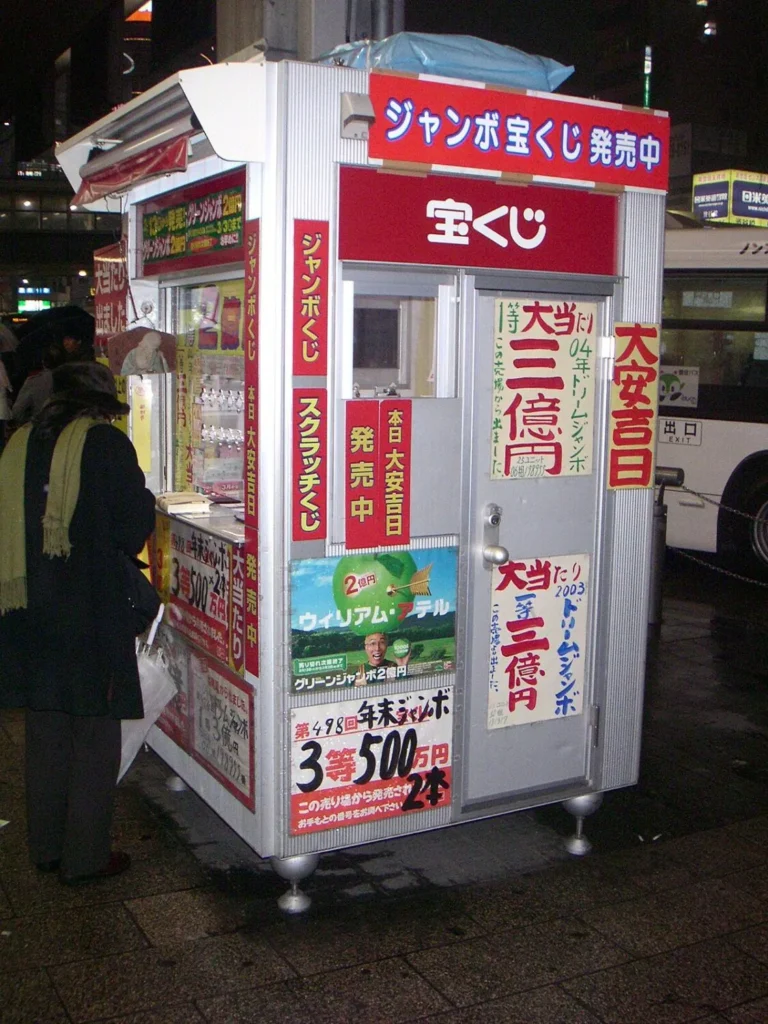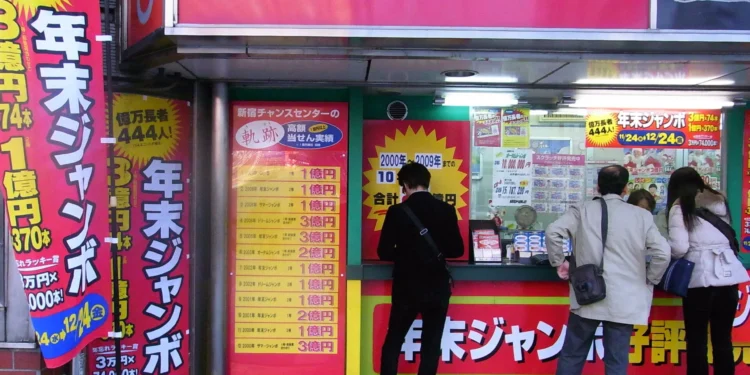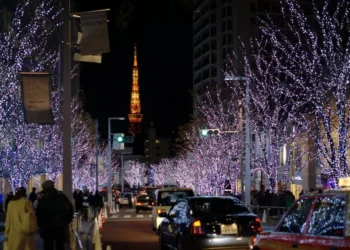No products in the cart.
Takarakuji: Understanding Japan’s Unique Lottery Culture
In Japan, the lottery holds a unique place in society. Known as Takarakuji, which translates to “treasure lottery,” it is not just a game of chance but also a cultural phenomenon. While many countries have lotteries, Takarakuji stands out for its government oversight, seasonal sales patterns, and the way it blends into everyday life. Understanding Takarakuji means looking into its history, structure, cultural role, and why it is both popular and controversial.
The Origins And Development Of Takarakuji
Takarakuji began after World War II in 1945 as a way to raise funds for rebuilding the nation. The Japanese government introduced it as a public lottery, with proceeds directed toward public works projects and disaster recovery efforts. Over the decades, it evolved into a structured system, with local governments and municipalities running the draws under the supervision of the Ministry of Internal Affairs and Communications.
Unlike private lotteries in other countries, Takarakuji is a strictly regulated public operation. All profits, after deducting expenses and prize payouts, are allocated to local government budgets for infrastructure, welfare programs, and community development. This gives players the sense that even if they do not win, their money is helping society.
Different Types Of Takarakuji
Takarakuji is not a single lottery but rather a category of games, each with its own structure and frequency. The most well-known is the Jumbo version, which runs several times a year—typically during spring, summer, and at the end of the year. These Jumbo draws offer some of the highest jackpot amounts in Japan, sometimes reaching 1 billion yen when combining the top prize with bonus draws.
This variety keeps the lottery appealing to a wide demographic, from casual buyers seeking instant excitement to regular players tracking number trends.
How And Where People Buy Takarakuji
One of the most iconic images of Takarakuji in Japan is the small lottery booth, often painted red or yellow, with a maneki-neko (beckoning cat) figurine for good luck. These booths are found outside major train stations, in shopping districts, and sometimes inside department stores.
Some locations, such as the Nishi-Ginza Center in Tokyo, have become famous for producing multiple big winners. People often line up in long queues before major Jumbo draws, believing certain booths bring better luck.
In recent years, online sales have been introduced, allowing players to purchase tickets through official websites. However, physical booths remain popular due to their strong cultural presence.

Cultural Significance Of Takarakuji
In Japan, gambling is heavily restricted, with exceptions for certain activities like horse racing, pachinko, and the lottery. Takarakuji is considered socially acceptable because it is government-run and supports public projects. Buying a ticket is seen less as reckless gambling and more as a harmless dream purchase.
The seasonal Jumbo draws, especially the year-end one, carry a festive atmosphere. People often buy tickets in bulk as part of New Year traditions, hoping to start the year with a stroke of luck. Friends and families sometimes pool their money to buy multiple tickets, splitting any potential winnings.
The Odds And Reality Of Winning
While Takarakuji offers massive top prizes, the odds of winning them are extremely low—often much worse than lotteries in other countries. For example, the chance of hitting the top Jumbo prize can be around 1 in 10 million.
Because of this, most winners receive smaller amounts, often just enough to cover their ticket cost or slightly more. Despite the low odds, the act of buying a ticket gives many people a sense of participation and excitement, making the dream of winning more important than the statistical probability.
Taxes And Prize Collection
One unique feature of Takarakuji is that winnings are tax-free in Japan. This is in stark contrast to countries like the United States, where a significant portion of lottery winnings is taken by the government. In Japan, the full amount is paid directly to the winner, and the taxes have already been factored into ticket prices and operating costs.
Prizes must be claimed within a certain period, usually one year. For small prizes, winners can collect their money directly from local banks or even at convenience stores for scratch cards. Larger prizes require visiting designated banks with proper identification.
Comparing Takarakuji To Other Lotteries Around The World
Compared to lotteries in countries such as the US or Europe, Takarakuji has smaller jackpots on average but offers more frequent special draws. Its cultural integration is also stronger—people often associate buying tickets with specific seasons or life events.
In Western countries, large lotteries are often run by private companies or in partnership with states, and the marketing focuses heavily on the massive prizes. In Japan, the emphasis is slightly different, balancing dreams of wealth with the idea of contributing to society.
Criticism And Debate Around Takarakuji
Despite its popularity, Takarakuji is not without criticism. Consumer protection advocates point out the extremely low odds and argue that the marketing plays too heavily on dreams without highlighting the reality of losses. Others note that while proceeds do go to public works, the overall amount compared to total ticket sales is relatively small after operating costs and prize payouts.
Additionally, some critics suggest that Takarakuji may encourage unrealistic financial expectations, particularly during times of economic hardship. However, the government maintains that it is a voluntary form of entertainment that also benefits society.
The Future Of Takarakuji
As Japan moves further into a digital age, the way people buy Takarakuji is evolving. Online sales are likely to grow, appealing to younger generations who may not have the same attachment to physical lottery booths. Marketing campaigns are also adapting, with television ads and social media promotions aimed at keeping the tradition alive.
There is also discussion about introducing new game formats or adjusting odds to maintain public interest. With Japan’s aging population, Takarakuji could also see more targeted promotions toward retirees, who often have more time and disposable income to participate.
Conclusion
Takarakuji is more than just Japan’s version of the lottery it is a cultural fixture that blends dreams, tradition, and public good. While the chances of winning big are slim, millions of people continue to take part, especially during seasonal Jumbo draws. Whether it is bought as a personal treat, a group effort with friends, or a symbolic gesture to welcome the New Year, Takarakuji remains an enduring part of Japanese life.
Its combination of government oversight, cultural integration, and the promise—however small—of life-changing rewards makes it unique among global lotteries. As technology and societal trends change, Takarakuji will likely continue to adapt while holding onto its role as a small but hopeful part of everyday Japan.










